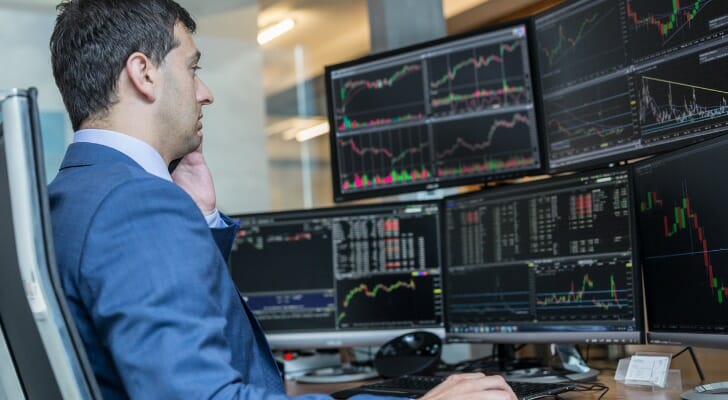High-frequency trading, or HFT, involves using powerful computer programs to execute a large number of orders within fractions of a second. Using complex algorithms, it analyzes multiple markets and places orders according to market conditions. Typically, a trader who executes at the highest speed is more profitable than one who executes at a slower speed.
HFT is characterized not only by fast order speeds, but also by high turnover rates and order-to-trade ratios. A few of the most well-known HFT firms are Virtu Financial, Tower Research, and Citadel LLC.
HFT: An Overview
As exchanges offered incentives to companies to make the market more liquid, High frequency trading became popular. The New York Stock Exchange (NYSE) is home to Supplemental Liquidity Providers (SLPs), which add competition and liquidity to existing quotes on the exchange.
After Lehman Brothers collapsed in 2008, investors were concerned about liquidity. As an incentive to provide liquidity to companies, the NYSE offers rebates or fees. The result of millions of transactions every day is a significant amount of profit.
HFT benefits
By reducing bid-ask spreads that were previously too small, HFT has improved market liquidity. In order to test this, HFT fees were added, which led to an increase in bid-ask spreads. High-frequency traders in Canada are now subject to fees, which resulted in a change in price spreads. There was a market-wide increase of 13% in bid-ask spreads, and a 9% increase in retail spreads.
HFT Critique
HFT has been subjected to a number of harsh criticisms. A number of broker-dealers have been replaced by the platform, which uses mathematical models and algorithms to make decisions and removes the need for human interaction.
The market moves in milliseconds, and this can cause big price fluctuations without explanation. On May 6, 2010, the Dow Jones Industrial Average (DJIA) dropped 1,000 points and 10% in just 20 minutes, its largest intraday point drop ever. A government investigation found that the crash was caused by a massive order that triggered a sell-off.
HFT is also criticized because it allows large corporations to profit at the expense of the ‘little guys.’ Its ‘ghost liquidity’ can also be criticized because it appears on the market one second and is gone the next, preventing traders from executing their trades.
Risk-free $100,000 of Virtual Cash
Put your trader’s skills to the test by using our FREE Stock Simulator. On Investopedia, traders compete against each other and you can trade your way to the top! Try trading without risking any of your own money on Investopedia. Be prepared when you’re ready to trade on the real market by practicing your trading strategies.

